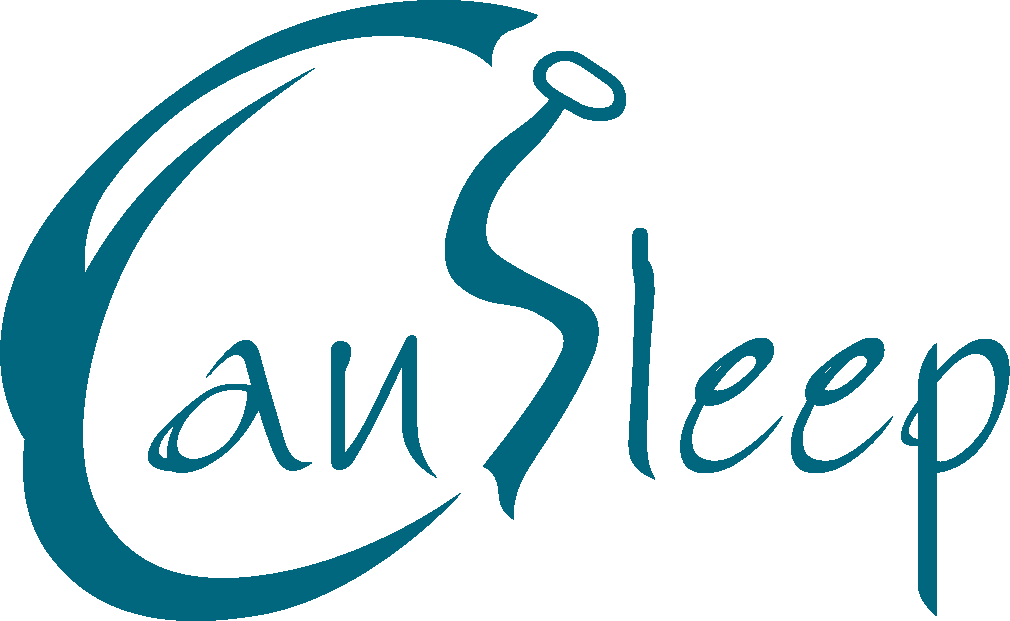Deviated Septum & Sleep Apnea
Oct. 16, 2015Do you have deviated septum and wondering how it affects your CPAP therapy? This post helps you understand what is deviated septum and how is it affecting your sleep apnea and CPAP therapy.
Deviated septum is due to a misalignment in the nasal passage’s bone and the cartilage dividing nose that makes one nasal cavity larger than the other. Deviated septum can be hereditary or can be due to injuries, especially sports injuries.
Some of the symptoms are: Obstruction of one or both nostrils, nosebleeds, noisy breathing, and awareness of when obstructions in your nasal cavity switch from one nostril to the other. Keep in mind that these symptoms could be caused by other temporary or chronic conditions, so make sure you are diagnosed first before starting a treatment.
ENT specialist or your physician could diagnose you by either using endoscope or looking up your nose with a bright light to visually examine your septum.
Usually no treatment is required unless you are symptomatic. For instance if you are experiencing constant nosebleeds or sinus infections the suggested treatments are as follows:
- An adhesive strip to keep the nasal passages open.
- Medications: It only treat symptoms, not the condition itself. For example nasal steroids, decongestants and antihistamines.
- Septoplasty: Comprises a surgery by making an incision in the septum that straightens the nasal bone and cartilage.
Deviated septum can cause sleep apnea by restricting the nasal passage to the upper airway (aka upper airway resistance). Also, if the patient already has an obstruction in his/her airway due to other factors such as larger tongue or uvula, the restricted nasal passage makes it worse. Apneas increase and symptoms are easier to notice.
If you have a deviated septum, mention it to your therapist at CanSleep to see if you can benefit from a different mask type. For example using a full face mask instead of a nasal pillow for more comfort.
By Bahareh Ezzati (BSc, CPhT, RRT)







